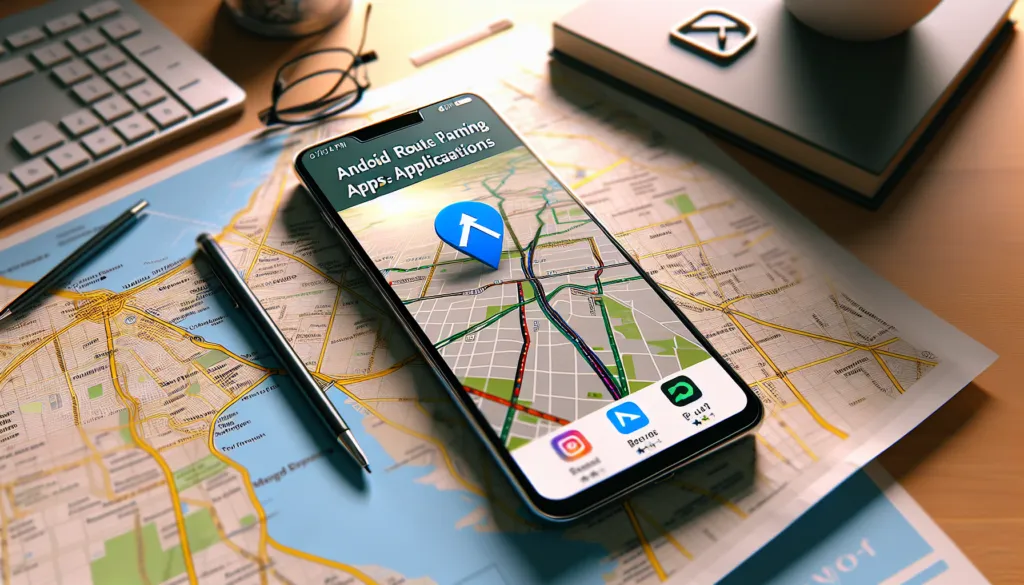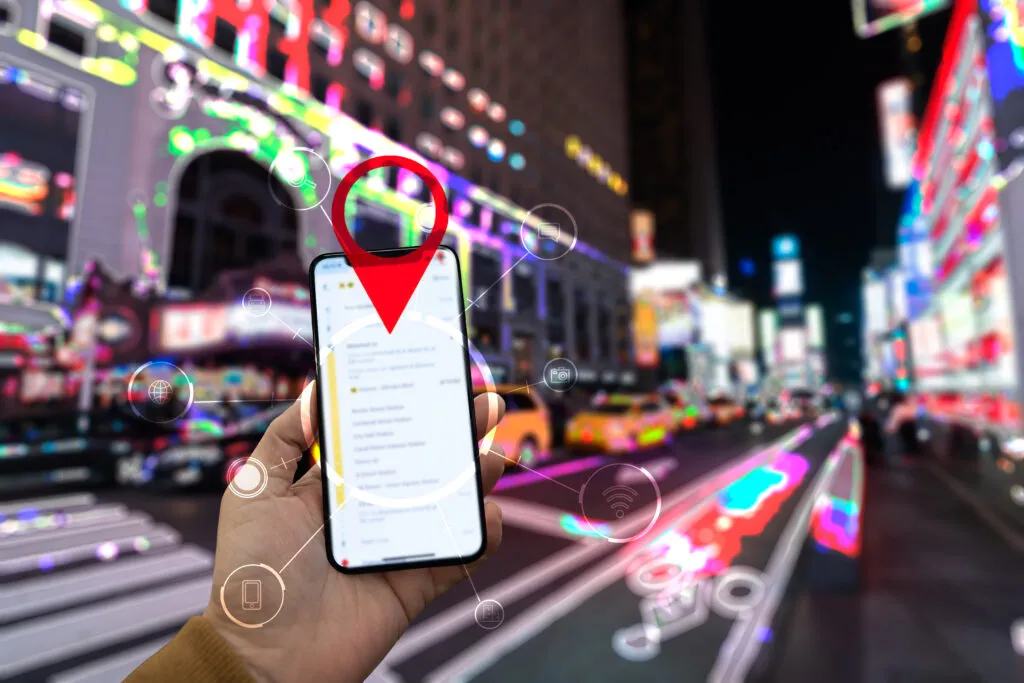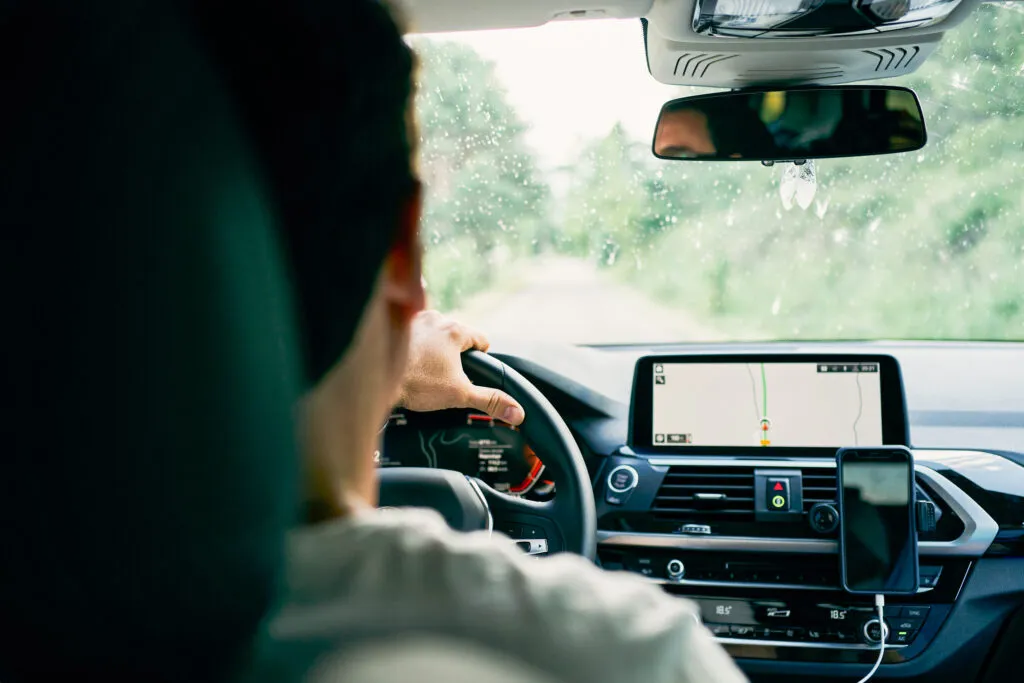
Get home early with RoadWarrior.
Enter your stops, optimize your routes, manage your team – quickly and efficiently.
Try RoadWarrior free for 7 days
Try free for 7 daysWould you ever willfully perform an unnatural act?
Turns out, you’re doing just such a thing whenever you get behind the wheel and drive at night. People are diurnal, versus nocturnal, and we weren’t meant to be traipsing around in the darkness, at the same time the wild things are. Even though we humans are at the top of the food chain today (usually), our bodies have failed to keep up with the radical changes we’ve made in our lifestyles.
Nearly 90-percent of your reaction ability while driving relies on sight, yet the ability to see goes down dramatically at night. Your depth perception, color recognition and peripheral vision all take a nosedive when the sun goes down [source: Risk Control Services]. Also, we’re naturally less alert at night.
As a result, nighttime driving is one of the most dangerous activities you can do, statistically speaking. Of all fatal car accidents, 49-percent occur at night, despite there being fewer drivers on the road. In fact, night driving has a fatality rate per mile nearly triple that of daytime driving [source: Elliott].
Drunk drivers, sleep-deprived driving zombies and errant animals are just a few of the dangers you must contend with on the road once the day grows late. The 1980s rap group Whodini was clearly onto something in titling one hit song, “The Freaks Come Out at Night.” So if you must be out and about after dark, how do you avoid being victimized by vehicular freaks and other things that go bump in the night? In the next few pages, we’ll offer five potentially life-saving tips.
5: Stay Alert and Sober
Sure, you have to watch out for drunks and wannabe “Fast and the Furious” extras at night. But you might actually be your own worst enemy. That’s because we all operate by a circadian rhythm, which regulates our daily activity levels. Research has shown spikes in the number of car accidents to coincide roughly with the ebbs of the circadian cycle — early morning, when most people are asleep or just waking up, and early afternoon [source: National Highway Traffic Safety Administration].
So before driving at night, avoid taking medications that make you drowsy. Even what you eat has as influence. Eat foods that are high in protein rather than ones high in carbohydrates, which are more likely to make you sleepy [source: National Sleep Foundation]. Also try to make sure you’re adequately rested before you drive at night. Prior sleep deprivation is usually a culprit in drowsy driving accidents.
Some people avoid coffee and other caffeine products as a matter of principle or for health reasons. But research shows that drinking the equivalent of two cups of coffee can stave off a “sleep attack” for up to an hour.
It’s also a good idea to have someone else in the car with you, if possible. They can help you to stay awake with conversation or, at the very least, share the driving duties. The numbers tell the story on this one — drive with a buddy and you’re less likely to crash and die [source: National Highway Traffic Safety Administration].
No article on driving safety would be complete without mentioning alcohol. By now, everybody knows how badly alcohol impairs driving ability, so we’ll spare you the sermon. Do realize, however, that other people will get boozed up and jump behind the wheel at night — putting you in potential danger should you be unfortunate enough to cross their drunken path.
Crashes involving alcohol are more likely to occur at night and on weekends than at any other times. In fact, 77-percent of all alcohol-related crashes occur between 6 p.m. and 6 a.m. [source: Hingson and Winter].
Lay Down Your Gadgets
Some studies suggest that distracted driving activities, such as talking on cell phones or texting, are even more dangerous than driving under the influence of alcohol. Hands-free headsets and speech-recognition devices may help, but the stats and stories of accident victims strongly support a zero-use policy on communication devices while you’re actually driving.
4: Let There be (Unobstructed) Light
We already mentioned how there’s less light available at night for you to spot possible hazards. So it’s critically important that you use technology — both to see and be seen.
Let’s start with your headlights. First, make sure both of them work. If they don’t, replace them in pairs; otherwise you’ll have one weak, dull headlight and one brand-new bright one, which is distracting to other drivers and can be mildly disorienting to you.
You’ll also want to make sure the lens of the headlight housing is clean and clear. Grime and pitting from oxidation reduce the amount of light that can illuminate the road in front of you. Headlight lens buffing kits can help you restore headlight clarity and allow more light to hit the pavement, right where you need it.
Make sure both of your brake lights work, too. They give drivers behind you critical warning and reaction time when you need to make an emergency stop.
Most people know to turn their high beams off in well-lit areas or if another car is approaching. What many drivers don’t know, or simply ignore, is that fog lamps should also be turned off for ordinary night driving. The water droplets in fog diffuse the light of your regular headlamps so that they have a difficult time illuminating obstacles and making your car more visible. Fog lamps are a bit more effective at cutting through fog, but their intensity can hurt the eyes of other motorists if it’s a clear night.
3: Don’t be a Deer in the Headlights
Now that you know when and when not to use the lights you have at your disposal, what do you do about those drivers who don’t know? The “less-enlightened” ones, if you will?
And what about those drivers in vehicles with headlights at or near your eye level — the ones that make your retinas feel as if they’ve caught fire? If such a car or SUV is approaching from the opposite direction, you can divert your gaze down and to the side, using the lane marker or painted median strip as a guide. If the person is behind you, use the nighttime reduced-glare setting on your rearview mirror [source: Stevens].
The Cost of Looking “Cool” With Fake HIDs
Before LED headlights became all the rage on high-end cars, there were high-intensity discharge, or HID headlight bulbs. These high-output lights have a light bluish cast to them — which some people find alluringly exotic, but others consider just annoying. To take advantage of the booming poseur performance parts market, creative aftermarket companies sell “HID look” headlight bulbs. They’re regular halogen bulbs, just tinted blue to simulate the HID bluish glow. Problem is, that coloration actually blocks light from escaping the headlamp assembly. Accordingly, makers of these lights sell them with packaging that reads, “For off-road use only.”
2: Use Technology for its Intended Purpose: Safety
Remember a few pages back where we said to leave the gadgets alone? Well, we need to qualify that statement — because sometimes gadgets can be life savers. Just make sure you’re at a complete stop (parked) when you use them.
Among the gadgets that can get you out of a late-night predicament:
- A cell phone lets you call for help in the event of a breakdown, accident, or even if you’re too tired or tipsy to drive
- A GPS navigation system can prevent you from getting lost in a shady area; many units have a nighttime setting that inverts light and dark colors — making the unit easier to read at night and also less distracting
- Integrated “telematics” systems such as Toyota’s Entune and Ford Sync can provide directions not only for where you are, but to the nearest rest stop, police station, or motel at which to rest your weary head; and of course, there’s the granddaddy of major carmaker telematics systems — GM’s OnStar, which can automatically detect if you’ve been in an accident and call emergency services for you
- On some higher-end cars, infra-red night vision is available; these systems can spot obstacles, people and animals seconds before they enter the range of your vehicle’s headlights, providing crucial added reaction time
A Low-Tech Tool for Night-driving Survival
What happens if you’re driving at night, bone-dead-tired, out in the middle of nowhere and hours from your destination? All the gadgetry in the world might not be able to help you, but a short nap could give you the second wind you need to make it home. If you must pull over to rest, do so in a well lit area, roll up your windows and lock your doors. An even better option is to take a nap before you leave [source: National Highway Traffic Safety Administration].
1: Carry a Roadside Emergency Kit
Imagine driving along the interstate just as the snow is beginning to fall. If you make good time and don’t stop, you should be safe at home in just a couple more hours. Unfortunately, a couple of tractor trailers have jackknifed across the roadway up ahead, causing traffic to back up for miles. The snow intensifies, icing over to turn road surfaces into a skating rink. Despite a frantic response involving emergency crews and the National Guard, you become one of many people stuck, in freezing temperatures, in their cars, for more than 20 hours. Mayhem ensues.
Does this sound like a treatment for a melodramatic, made-for-TV movie? Or perhaps an incident that crippled motorists in some underdeveloped country? Such a thing could never really happen in the United States, right? Actually, this exact scenario played out in Pennsylvania in February 2007. It offered a pretty stark example of why every driver would be wise to keep a roadside emergency kit stashed in the back of his or her vehicle.
While today’s cars and SUVs are more reliable than ever, you can still easily become stranded night or day. You never know when a belt will break, a tire will deflate or an act of nature will delay you from reaching your destination. An emergency kit won’t keep you safe through the entire Apocalypse, but it can provide some warmth and sustenance for a few hours or even days, until help can arrive.
For between $25 and $40, you can pop into your local auto supply store or discount warehouse store and purchase a pre-assembled kit. Otherwise, you can piece one together on your own. Here are a few of the necessities you ought to have:
- Jumper cables or battery re-charging device
- Quart of oil
- Bottled water (which can double as engine coolant)
- Emergency roadside flares
- Blanket
- Plastic tarp
- “Multi-tool” handheld miniature toolkit
- Tire sealant
- Granola or other snack bars
- First aid kit with assortment of bandages
- Flashlight and batteries
- Nylon bag to keep everything contained and tidy
And naturally, you’d want to check your kit every six months or so to consume and replace perishables and check batteries.
As you’ve read in the preceding pages, responsible drivers have good reason to fear things that go bump in the night. When darkness falls, you take a bigger risk when getting behind the wheel, plain and simple. Fortunately, you can take preventive measures like getting plenty of rest, avoiding food and drink that will impair your driving and wearing a seatbelt, to dramatically boost your odds of nighttime driving survival.
Author’s Note: 5 Tips for Driving Safely at Night
I’m not sure why, but it shocked me just a bit in my research to learn that automobile accidents kill more than 40,000 people per year in the United States alone. That’s a death toll equivalent to 14 September 11-scale terrorist attacks each year. A disproportionate number of these accidents happen at night, either because people have to work, or because that’s the only time they have left to be social outside of work. I love the notion of freedom on the open road — but I’ve had to re-consider whether it’s such a bad idea to have at least some level of self-driving capability in cars — an idea I once abhorred. One could argue that it would be the ultimate overreach into drivers’ personal freedoms. On the other hand, such technology could save lots of lives by removing the error-prone human factor in driving — especially at night. Think of it as everyone having an opportunity to be chauffeured when they’re too tired to drive. Until that technology and its legal implications get sorted out, we can take the preceding five night-driving tips in this article to heart — for our own safety, that of our passengers and our fellow motorists.
Content written by Akweli Parker and created in partnership with HowStuffWorks.com


